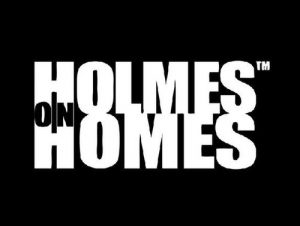Clothes Moth Removal Toronto & Ontario
What are clothes moths?
The webbing clothes moths, Tineola bisselliella, and casemaking clothes moth, Tinea pellionella, are common fabric pests in Canada. They tend to hide when disturbed, so you might not notice you have an infestation until after the moths have already damaged your fabric, fur, or feathered items.
Clothes moths are pests that can destroy fabric and other materials. They feed exclusively on animal fibers, especially wool, fur, silk, feathers, felt, and leather. These materials contain keratin, a fibrous protein that the worm-like larvae of the clothes moth can digest. (In nature, the larvae feed on the nesting materials or carcasses of birds and mammals.) Cotton and synthetic fabrics such as polyester and rayon are rarely attacked unless blended with wool, or heavily soiled with food stains or body oils. Serious infestations of clothes moths can develop undetected in dwellings, causing irreparable harm to vulnerable materials.
How to Identify Clothes Moths
Pest Stats
Clothing moth adults are small (7 – 10 mm or 1/4 – 3/8 inch in length), moths that are beige or buff-colored. They have narrow wings that are fringed with small hairs. They are often mistaken for grain moths infesting stored food items in kitchens and pantries. Unlike some other types of moths, clothes moths are seldom seen because they avoid light. They prefer dark, undisturbed areas such as closets, basements and attics.
Woolens and other susceptible items should be dry-cleaned or laundered before being stored for long periods. Cleaning kills any eggs or larvae that may be present, and removes perspiration odors that tend to attract pests. Articles to be stored should then be packed in tight-fitting plastic bags or containers.
Woolens and other susceptible items should be dry-cleaned or laundered before being stored for long periods. Cleaning kills any eggs or larvae that may be present, and removes perspiration odors that tend to attract pests. Articles to be stored should then be packed in tight-fitting plastic bags or containers.
Let us help you out.
At GreenLeaf we are not afraid to roll up our sleeves and get our hands dirty. We are more than just the “exterminator”. We are your neighbour, protectors of public health and the environment. Give us a call, and let our team take care of your business or home.



















